Abbreviations and Terminology:
FC: Fail closed
FL : Fail locked
FO : Fail open
MOV: Motor Operated Valve
PRV : Pressure Relief Valve
PSV : Pressure Safety Valve
SOV : Solenoid Operated Valve
Armature: Part of an electric machine that strengthens magnetic fields.
Bonnet: Removable cover giving access to valve trim.
Cast: Method of producing shaped components by pouring molten material into a mould.
De-energised: Having no electric current passing through it.
Dynamic seal: A seal between parts that move relative to each other.
Energised: Having electric current passing through it.
Erosion: A slow wearing away, usually by a fluid flowing over a surface.
Fail closed: Describing a valve that automatically closes when the system fails.
Fail open: Describing a valve that automatically opens when the system fails.
Fail safe: Describing something that goes to a safe condition when the system fails.
Flow rate: Volume of fluid flowing past a point in unit time; SI units litres/sec.
Forged: Method of producing components by hammering hot metal into shape, usually between shaped dies.
Gear Ratio: The ratio between diameters or numbers of teeth on meshing gears.
Overpressure: Pressure that is higher than the specified value.
Perimeter: The distance all around the outside of an area.
Pig (pigging): A plug that is pushed through a pipeline by a gas or liquid to performvarious functions such as flushing, inspection and cleaning.
Port: An entry or exit through which fluids pass.
Regulating valve: Another name for a throttling or flow-control valve.
Setpoint: pressure A predetermined pressure value at which a component is set tooperate.
Turbulence: Flow that is not smooth or regular.
Yoke: External part of a valve that supports stem bushing.
Valves control the flow of fluids through pipes by:
• Starting and stopping flow—to control process or isolate part of a pipeline
• Changing the flow rate—allowing more or less fluid to flow
• Re-directing flow from one line to another at a pipeline
junction
• Allowing flow in one direction only
• Reducing fluid pressure
• Keeping the pressure in a container or pipeline below a fixed maximum
• Preventing accidents by relieving overpressure in a container or pipeline.
It is very important to use the correct:
• Valve type—to suit the task it performs, as described above
• Size—to suit the pipe size and the flow rate required
• Material—to suit the fluid passing through it and to avoid corrosion.
Basic Valve Components:
The design of different types of valves and some of the components used may vary. There are, however, some basic parts that are common to most valves. These parts are shown in Figure.
The valve body is the main part of the valve. All other parts fit onto the body. It is usually cast or forged and the shape varies with the type of valve. Inlet and outlet pipes fit onto the valve body through threaded, bolted (flanged) or welded joints. The fluid passes through the valve body when the valve is open. The valve body must be strong enough to take the maximum pressure of the process fluid. It must also be made of a material that is not attacked by the fluid.
The valve bonnet is a removable cover fitted to the body. Some bonnets support themoving parts of the valve. Others just close the hole in the body through which themoving parts pass for assembly and dismantling.
The valve trim is the name give to the parts inside a valve. This normally includes:
• The opening/closing element—closes the fluid path through the valve body
• The valve stem—connects the actuator to the closing element
• The valve seat—makes a seal with the closing element when the valve is closed
• Sleeves—sometimes used to guide the stem
Valve packing was described in detail in the earlier module in this course: Gland Packing. It allows the valve stem to pass into the valve body without loss of fluid or fluid pressure from the valve. It forms a dynamic seal between the valve stem and the bonnet.
The actuator operates the stem and closing element assembly. The simplest actuator is the manually operated handwheel shown in the Figure . Other actuators may be operated by:
• Electric motor—motor operated valve (MOV)
• Electric solenoid—solenoid operated valve (SOV)
• Air—pneumatically operated valve
• Oil—hydraulically operated valve
Valves can be divided into four classes:
• Block valves—stop and start flow
• Throttle valves—control flow rate
• Non-return (or check) valves—prevent flow reversal
• Pressure control valves—prevent fluid pressure exceeding a set maximum.
Block Valves:
Block valves either allow full flow or stop flow completely. They should only be operated in the fully open or fully closed position. If they are only partly opened, they offer a lot of resistance to flow. Fluid friction and turbulence cause a loss of pressure in the fluid and can cause vibration.
Block valves are not meant to control flow rate.
There are four main types of block valve used on the plant:
• Gate valves
• Slide valves
• Ball valves
• Plug valves
Gate Valves:
They are used to start or stop a flow completely. They should not be used to control flow rate. Using a gate valve in a partially open position can damage the valve. Fluid flow across the gate causes erosion to the gate making it impossible to seal well against its seat.
Fluid can flow through most gate valves in either direction.
The closing element in a gate valve is a wedge-shaped disc or gate attached to the end of the stem, as shown in Figure. The gate fits into a wedge-shaped seat in the valve body to stop flow through the valve, as shown in Figure.
Turning the handwheel raises and lowers the gate. When the gate valve is fully closed, the gate fills the passage and stops the flow through the valve completely.
When the valve is fully opened, the gate is positioned above the passage in the valve body. This allows full flow through the valve, with little or no obstruction. There is very little pressure drop across the valve.
Gate valves are classed as linear-motion valves as the closing element moves in a straight line (e.g. down and up) to close and open the valve.
Gate valves can have rising or non-rising stems. The valve shown in Figure has a rising stem. The stem moves up and down with the gate. A rising stem is fixed to the gate and can not turn in it. The upper part of the stem is threaded and screws into a mating thread in a bushing. The bushing is held in a yoke located at the top of the
bonnet as shown in Figure . The actuator turns the bushing in the yoke, screwing the stem into or out of the valve body.
Non-rising stems are threaded at the bottom. This thread mates with a thread in the gate as shown in Figure . Left-hand threads allow clockwise rotation of the handwheel to lower the gate and close the valve.
The stem is fixed to the actuator and turns with it, as shown in Figure . The stem can rotate in its housing but does not move axially.
An open gate valve allows anything that can pass through the pipeline to pass through the valve. Sometimes it is necessary to send solid objects along a pipeline. The object sent is called a pig and the process is called pigging. A pipeline is pigged to flush pipes, clear blockages or for inspection purposes. Gate valves allow these operations.
The gate, or disc design may be:
• Solid wedge
• Flexible wedge
• Split wedge
• Parallel disc
Most gate valves have solid-wedge discs.
This is the simplest and strongest type of disc.
The flexible-wedge is also made in one piece. It has a groove cut around its perimeter that allows it to bend a little to fit the shape of the seat more easily. These discs may also have recesses cast into them to increase flexibility.
Flexible-wedge discs are used for valves in steam lines. When the temperature of a closed valve rises, solid-wedge discs can expand and stick in their seats. Flexible wedge discs can compress mere easily and are less likely to distort.
Figure 7 shows a rising-stem, flexible-wedge gate valve.
Split-wedge discs are made in two separate halves. This allows the wedge angle between their outer faces to adjust to fit the seat. This is especially useful if a solid particle is stuck between the disc and its seat. Split-wedge discs are used for gases,especially corrosive gases.
Parallel slide valves also have split discs. Their faces are parallel, not wedge shaped,as shown in Figure 8. A spring between the disc halves pushes them against theirseats. When the valve is closed, the disc on the outlet side is also pushed against its seat by the fluid pressure on the inlet side.
As the valve opens and closes, the sliding action keeps the disc faces clean but causeswear to discs and seats. When fully open, the discs are completely clear of the bore giving no obstruction to flow through the valve.
Gate valve seats may be integral with the valve body or separate seat rings. Integral seats are cut into the valve body and are part of the body. These seats can not be replaced. They can be repaired by lapping with grinding paste. Seat rings may be pressed or screwed into the body. These can be of a different material and can be replaced when worn or damaged.
Knife gate valves, have a simple, one-piece closing element. It is a parallel-sided plate that may move clear of the flow path to open or may have a hole that moves into the flow path.
These two types are shown in Figure 9(a) and (b).
Ball Valves
Ball valves start and stop flow by rotating a ball-shaped closing element. They are classed as rotational-motion valves. The ball has a hole through it of the same diameter as the pipeline. The valve is open when the hole lines up with the inlet and outlet of the valve body. Figure 10 shows a ball valve with part of the body cut away to show the closing element.
Figure 10
The valve above is shown partially open to show the hole in the ball. This is not thenormal valve position; a ball valve is normally only used in the fully closed or fully open positions.
Figure 11 shows the same ball valve looking through the valve inlet. In Figure11(a) the valve is in the closed position. In Figure 11(b) the valve is in the open position.
The open valve leaves a clear path for flow with no obstruction. These valves can bepigged.
The valve shown has a lever actuator that turns through 90o between the fully closed and fully open positions. The lever is in line with the pipeline when the valve is open.
To Be Continued…..
Plug Valves
Operation of a plug valve is similar to the ball valve; they are also rotational-motionvalves. The main difference is the shape of the closing element, which is a tapered plug of circular section. The plug has a hole called a port. Figure 12 shows a plug valve that is lined with PTFE to protect it from corrosion and allow lubricant-free operation.
Single-port plug valves are used to start and stop flow. Multi-port plug valves redirectflow from one pipeline to another. Figure 13 shows an example of a multiport plug valve.
Flow Control (Throttle) Valves:
The control of flow rate by reducing the area of the flow path through a valve is calledthrottling. Throttling a fluid also reduces its pressure.
Block valves should not be used to throttle flow. The pressure drop across them is toogreat and the flow becomes turbulent. Fluid flow can be either smooth (laminar), or not smooth (turbulent) as shown in Figure
Turbulent flow can cause many problems in pipelines and equipment. In a valve, it can erode the closing element and valve seat. Erosion was described in the earlier module in this course: Bearings. It is the slow wearing away of a solid material by a fluid passing over it. Turbulent flow increases the rate of wear. Figure shows smooth and turbulent flow in rivers.
turbulence. Throttle valves are also called regulating valves.
There are four main types:
• Globe valves
• Butterfly valves
• Diaphragm valves
• Needle valves
and open positions.
when the valve is closed and this helps it to last longer.
Globe valves can have three main types of body.
• angle
• Y-type
Most globe valves use one of three types of disc:
• Ball
• Plug
• Composition
Ball discs have a curved lower surface. They seal on a tapered seat that has a flat
surface, as shown in Figure below. They are used mainly for low-pressure and low temperature applications.
Source: Engineering Photos,Videos and Articels (Engineering Search Engine): Valves
Source: Wermac.com
Source: Wiki



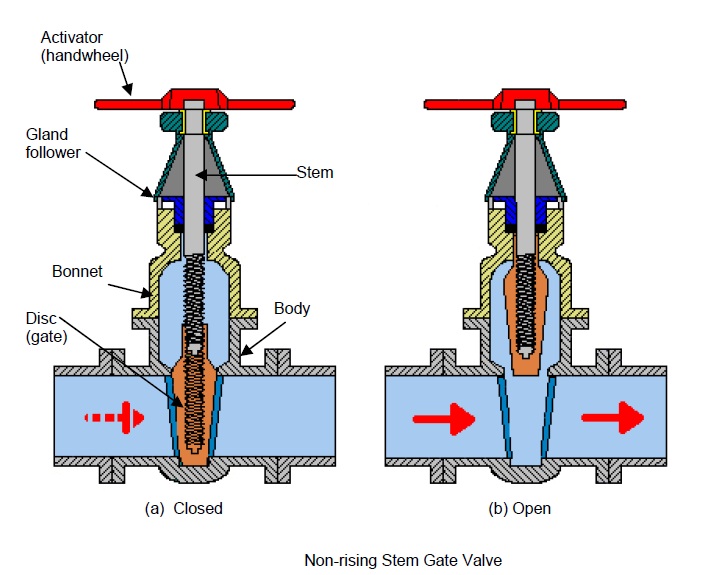
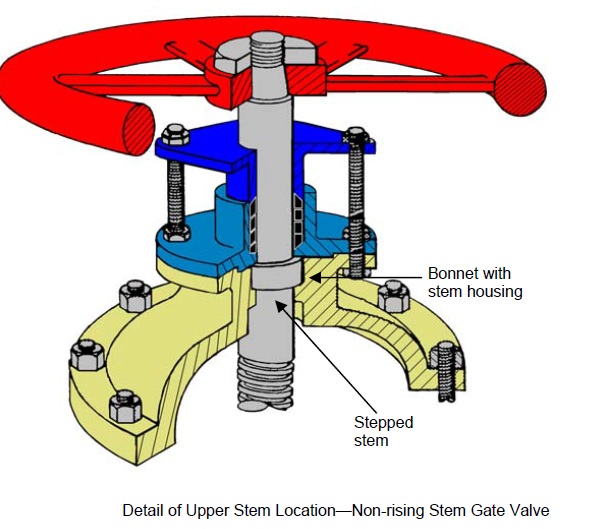
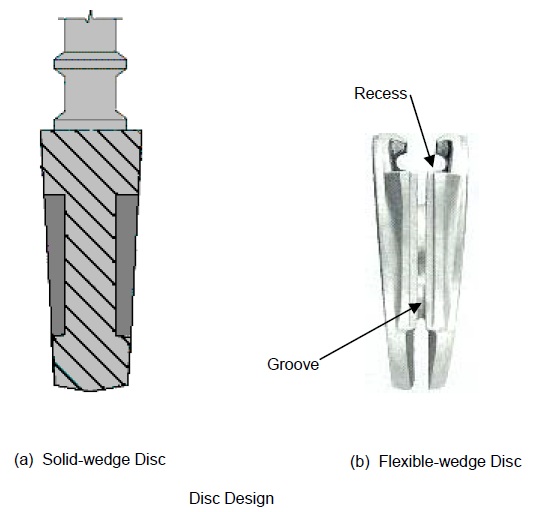
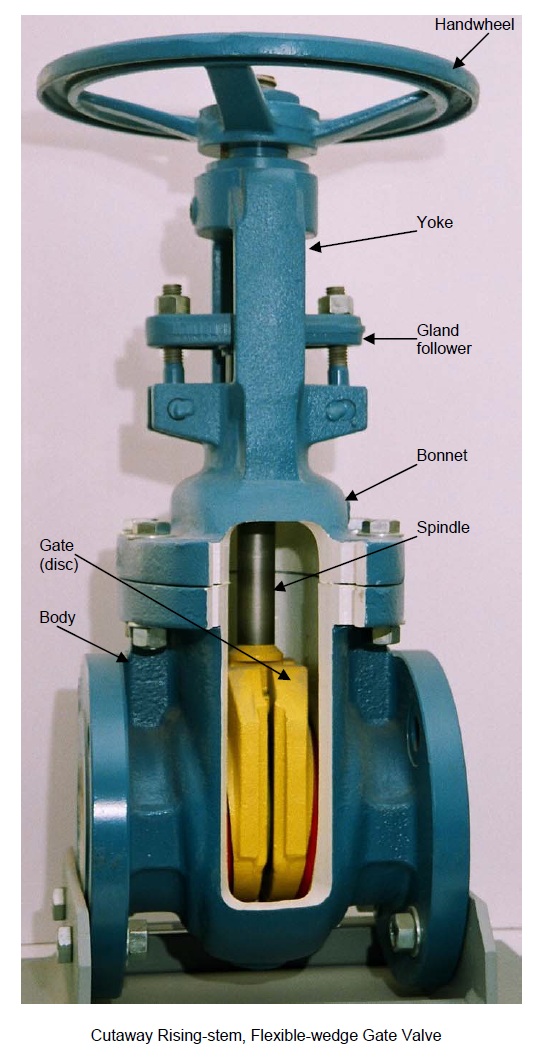
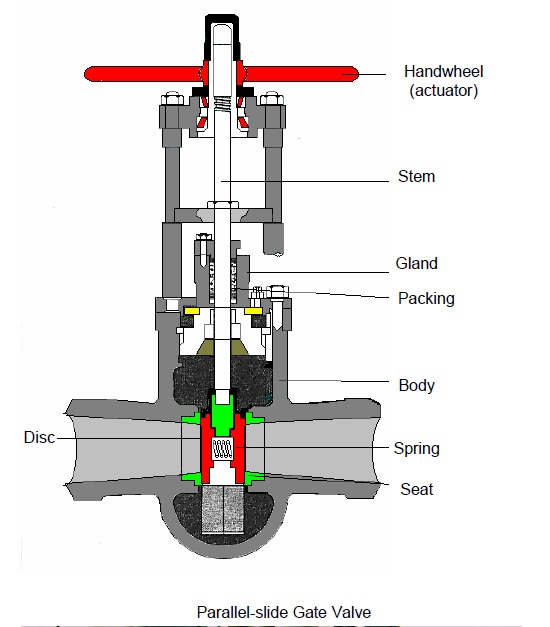







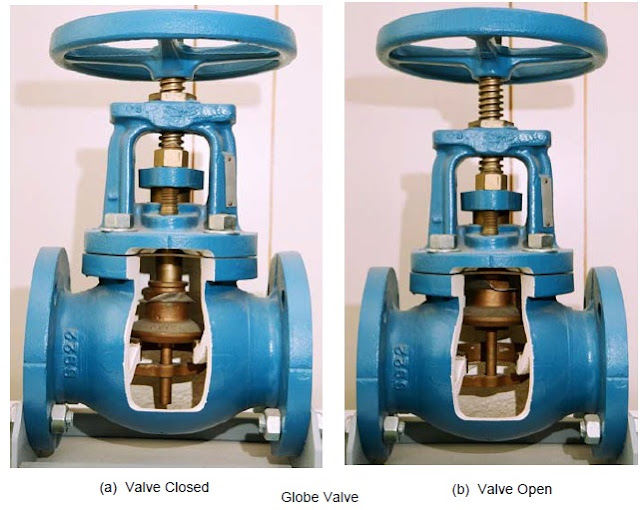

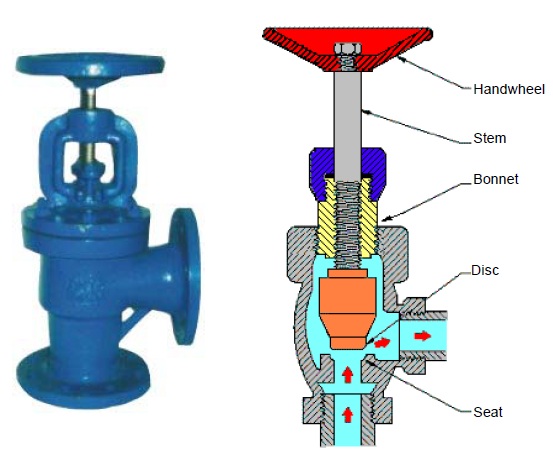

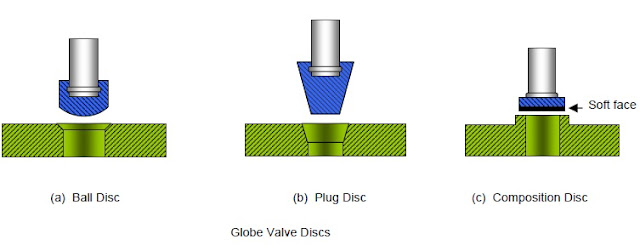

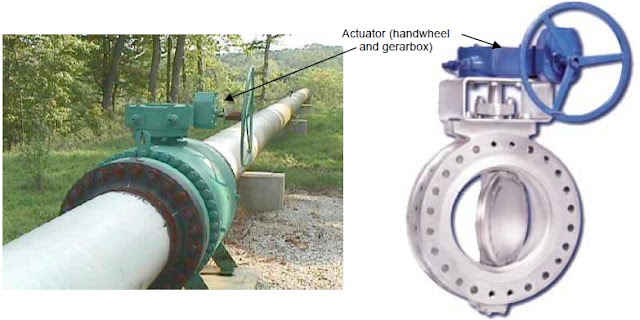
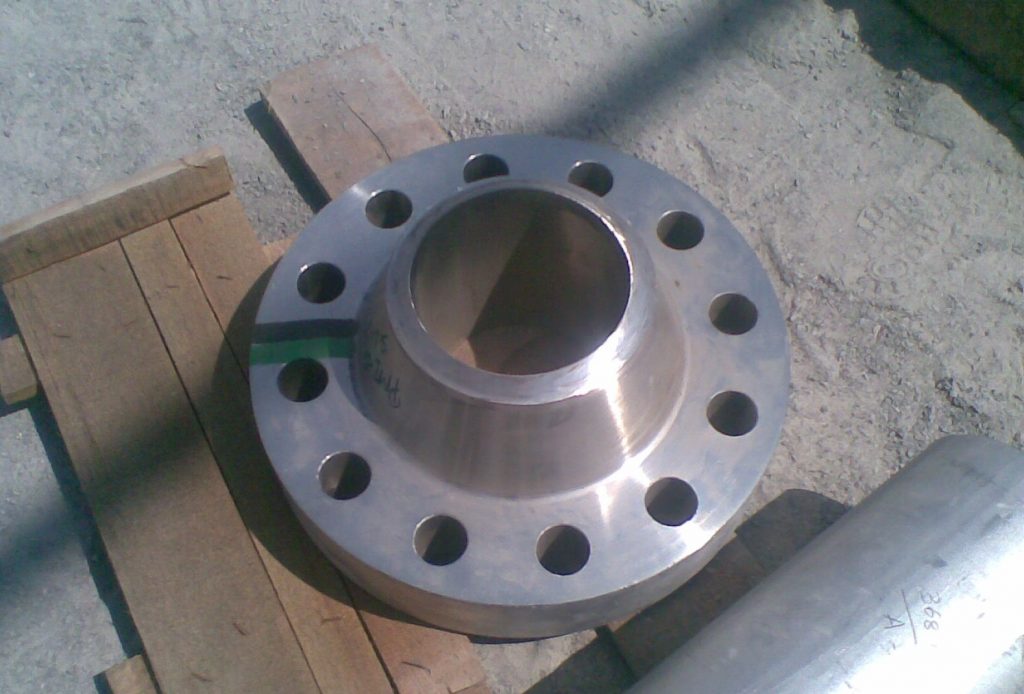

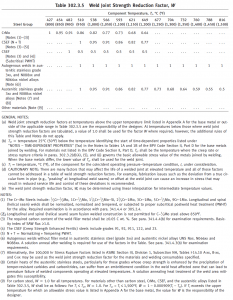 (helical seam) welded piping components, the product of the allowable stress and the applicable weld quality factor, SE, shall be multiplied by the weld joint strength reduction factor, W, when determining the required wall thickness for internal pressure in accordance with para. 304.
(helical seam) welded piping components, the product of the allowable stress and the applicable weld quality factor, SE, shall be multiplied by the weld joint strength reduction factor, W, when determining the required wall thickness for internal pressure in accordance with para. 304.